 Hyundai Grand i10 has increasingly become the buyers’ choice for the features it has packed in. It is for this reason that the car won the Best Indian Car of the Year award for 2013. Besides, quite a few auto magazines and blogs have paid full throated encomiums to the vehicle. In terms of sales, it is clocking about 10,000 units per month, though cannibalising to some extent, its siblings – selected models of i20. Well, what is special in the car? The answer is simple – a larger room for a compact car packed with some features that were hitherto confined to only premium cars. However, it was not simple for the suppliers to meet the challenges as Hyundai Motor India Limited (HMIL) raised the bar significantly in terms of features, quality and comfort. Besides, the project was completed in just 22 months from the day the concept was finalised.
Hyundai Grand i10 has increasingly become the buyers’ choice for the features it has packed in. It is for this reason that the car won the Best Indian Car of the Year award for 2013. Besides, quite a few auto magazines and blogs have paid full throated encomiums to the vehicle. In terms of sales, it is clocking about 10,000 units per month, though cannibalising to some extent, its siblings – selected models of i20. Well, what is special in the car? The answer is simple – a larger room for a compact car packed with some features that were hitherto confined to only premium cars. However, it was not simple for the suppliers to meet the challenges as Hyundai Motor India Limited (HMIL) raised the bar significantly in terms of features, quality and comfort. Besides, the project was completed in just 22 months from the day the concept was finalised.
The objective to launch Grand i10 is to primarily to fill the gap in the compact high segment, which was missing in HMIL’s product portfolio. As the car is positioned between the compact entry i10 and the hatch premium i20, the company decided to make it as a grand offering and aptly named it Grand i10 – quite a large small car. The new car is built on a completely new platform and is different from i10. One significant difference is that the Grand i10 gets Hyundai’s fluidic design language, though not heavily.
Interiors are refreshing due to increased space and dual tone renderings. The top half is finished in high-quality, non-reflective black plastic while the lower portion of the dash is covered with beige colour.
HMIL’s R&D centres in Chennai and Hyderabad worked together with Hyundai’s research facility in Namyang, Korea to create the new offereing.
 Major suppliers of Hyundai Grand i10
Major suppliers of Hyundai Grand i10
“We worked heavily on standardisation as we export most of the components to Turkey, where Grand i10 is assembled for European markets. Moreover standardisation gives flexibility,” said Sarangarajan, vice president –production, HMIL. However, the overall length of the India-spec (BA version for domestic market ) Grand is about 100mm longer with 70mm longer wheel base when compared with the European version. Increased wheel base created more legroom in the rear row. Besides, it also gets an air-con blower that is usually missing in compact cars.
Like other HMIL’s top models, the Grand i10 gets both petrol and diesel engines. The petrol head is the same Kappa 1.2 dual VTVT engine that powers i10 and i20. For the first time, Hyundai has introduced its second generation U2 -1,120cc, three-cylinder diesel engine in Grand i10. For better fuel efficiency and packaging, one cylinder is eliminated from its premium hatch i20’s 1.4-litre engine. The new engine produces 71PS @4,000rpm and is mated to a fivespeed manual gearbox.
Normally three cylinder engines are prone to severe NVH as the noise is not cancelled due to incomplete (by the missing fourth cylinder)cycle. During the test drive there was a noticeable thrum emanating from the engine and vibration felt, but only during idling. These discomforts vanish once the vehicle moves. The company has managed this issue well by tweaking the crankshaft and flywheel that vibrates softly at idle speed and with optimised counterbalancing shaft. Can it not be made silent even while idling? Sarangarajan says, “there is a trade-off in managing it – either it can be tuned for ideal speed or running speed. We decided for running speed as the car will be running most of the time.”
For city driving, the power delivery is very linear and smooth but on the highways, engine requires more power, especially after reaching 3500 rpm. This is perhaps due to flat torque. Hyundai claims the diesel engine is Euro V ready and has the lowest CO2 emission by a homologation value of 85 g/km in this segment.






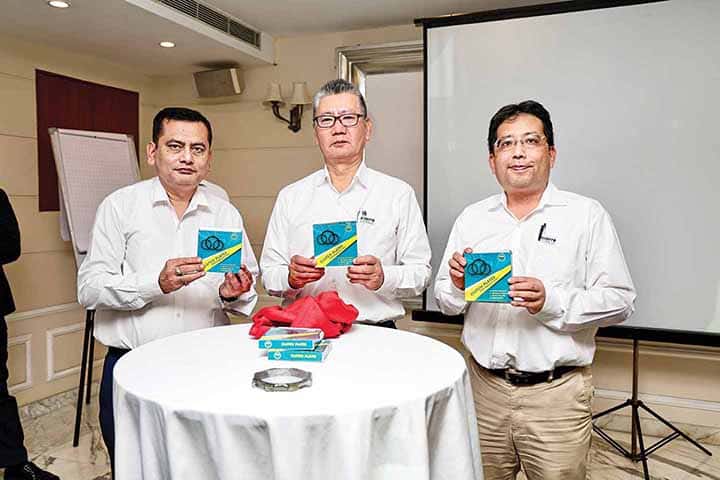
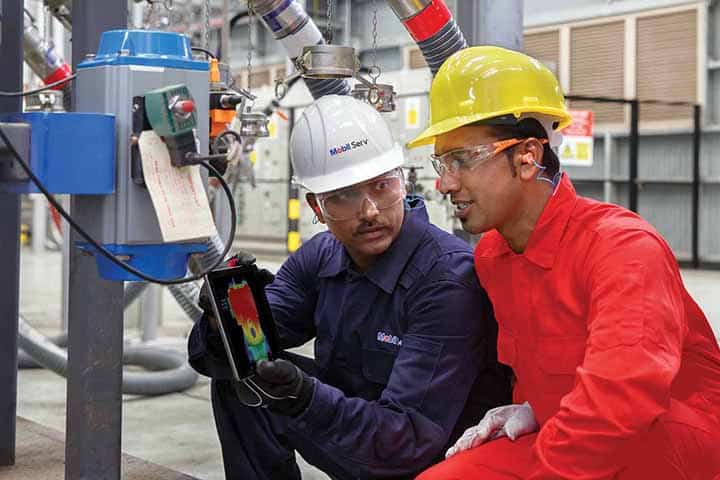
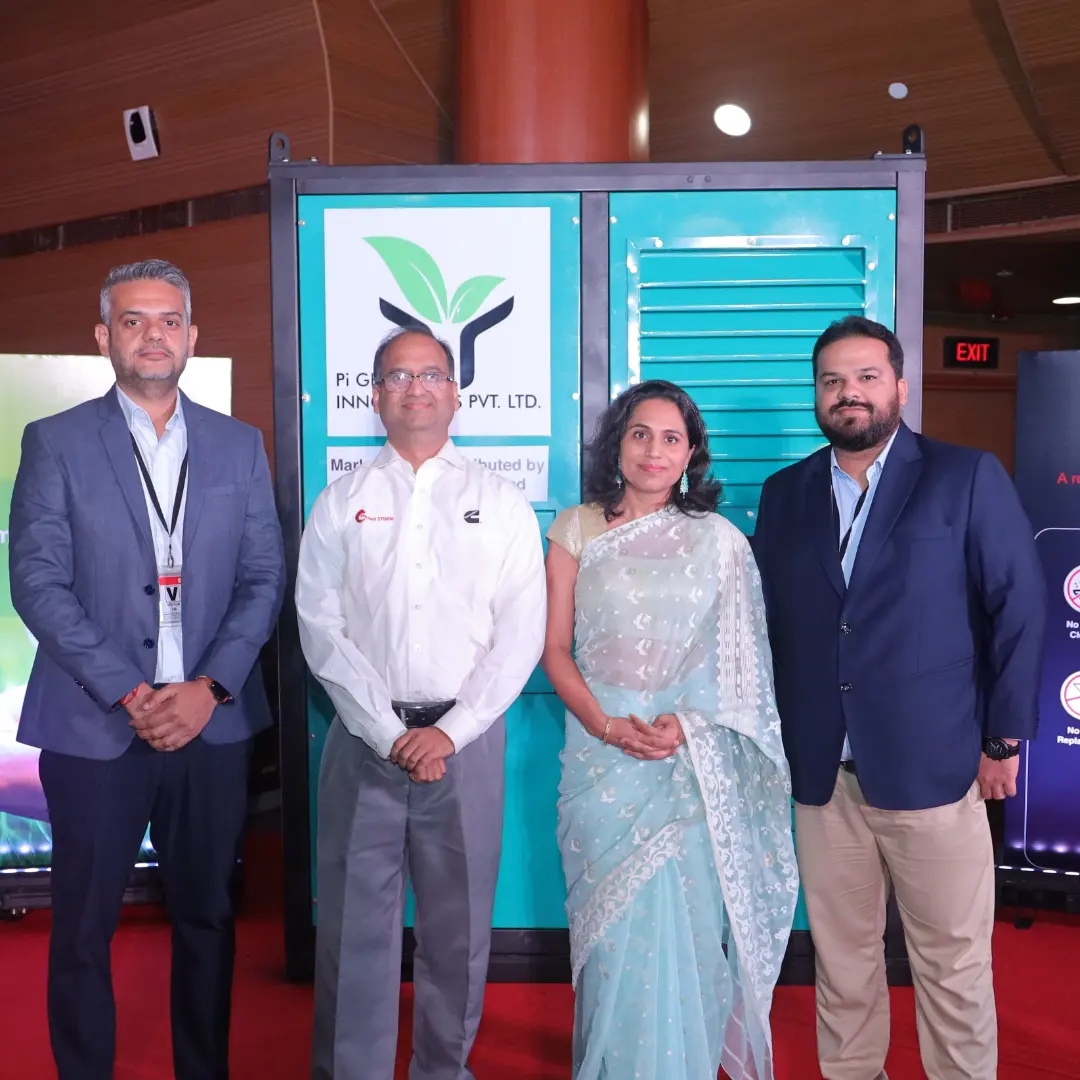



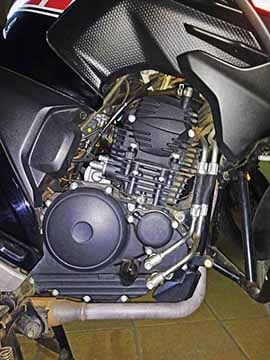

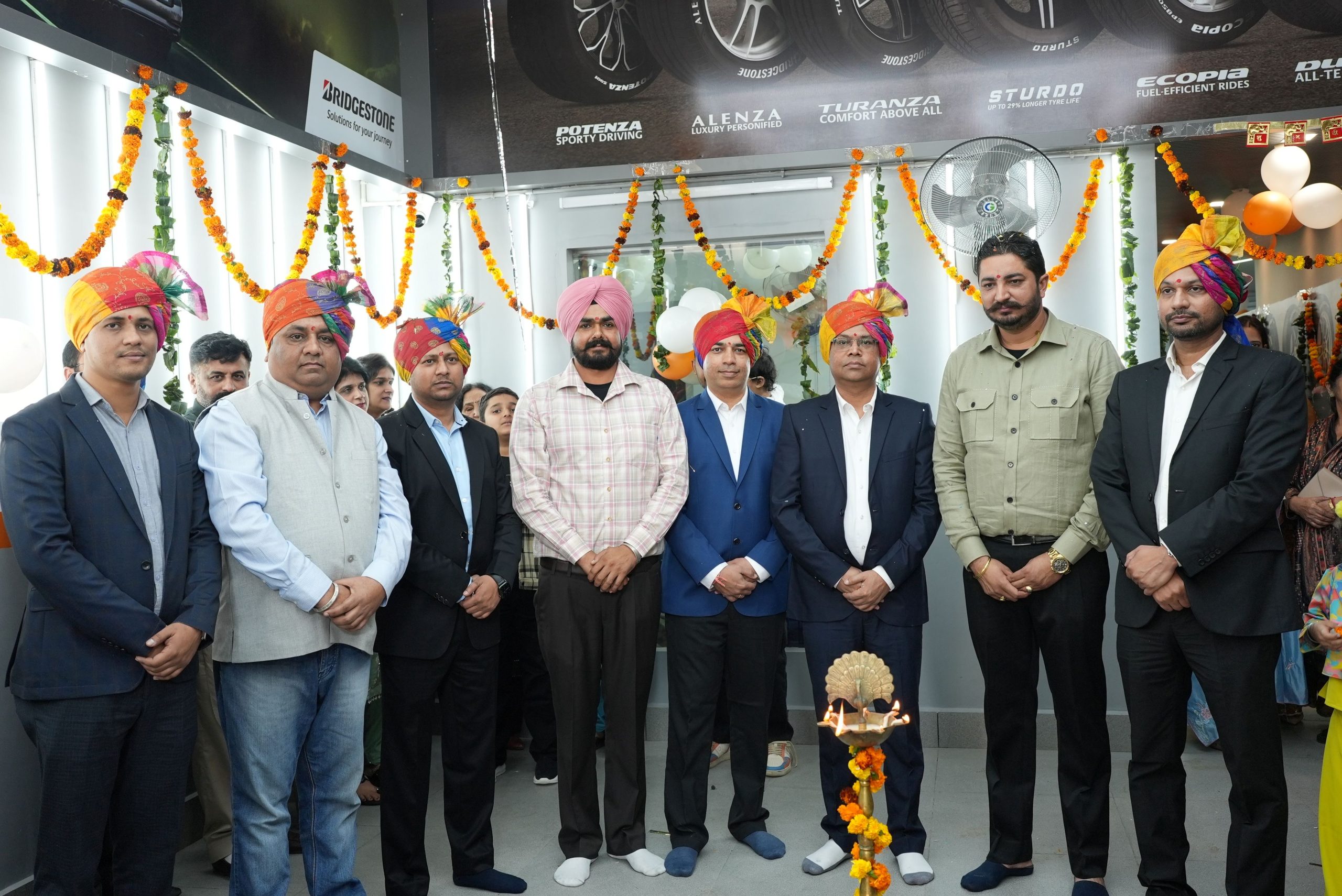
Leave a Reply